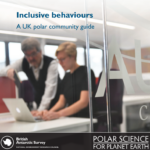Chapter 4: Southern Ocean Circulation
14 April, 2025 by Kaitlin Naughten, Michael Meredith
One-third of the world’s ocean surface is located in the Southern Ocean, south of 30°S, encircling the Antarctic continent south of 30°S. The ocean circulation in this vast region has…